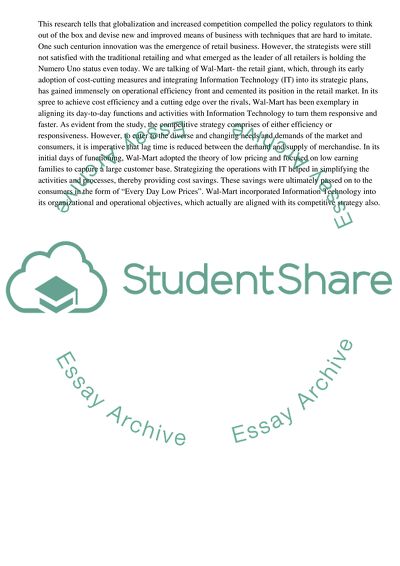Cite this document
(The Use of Strategic IT within the Retail Sector: The Wal-Mart Case Study, n.d.)
The Use of Strategic IT within the Retail Sector: The Wal-Mart Case Study. Retrieved from https://studentshare.org/management/1740786-the-use-of-strategic-it-within-the-retail-sector-the-xxxx-case-study-your-organisationindustrysector
The Use of Strategic IT within the Retail Sector: The Wal-Mart Case Study. Retrieved from https://studentshare.org/management/1740786-the-use-of-strategic-it-within-the-retail-sector-the-xxxx-case-study-your-organisationindustrysector
(The Use of Strategic IT Within the Retail Sector: The Wal-Mart Case Study)
The Use of Strategic IT Within the Retail Sector: The Wal-Mart Case Study. https://studentshare.org/management/1740786-the-use-of-strategic-it-within-the-retail-sector-the-xxxx-case-study-your-organisationindustrysector.
The Use of Strategic IT Within the Retail Sector: The Wal-Mart Case Study. https://studentshare.org/management/1740786-the-use-of-strategic-it-within-the-retail-sector-the-xxxx-case-study-your-organisationindustrysector.
“The Use of Strategic IT Within the Retail Sector: The Wal-Mart Case Study”, n.d. https://studentshare.org/management/1740786-the-use-of-strategic-it-within-the-retail-sector-the-xxxx-case-study-your-organisationindustrysector.


